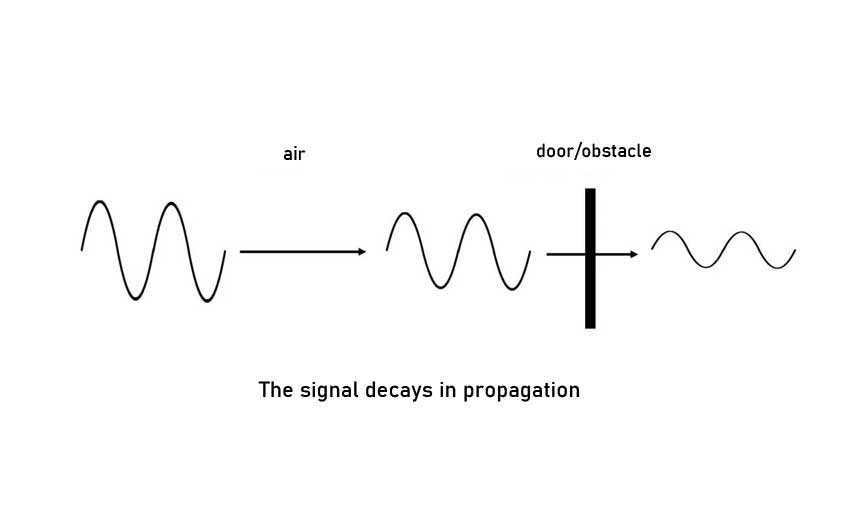+86 15093323284 hams@ailunce.com
Interpretation of Signal Strength during Radio Communication

The signal report of an amateur station consists of three parts: "R" representing the discernibility of the signal, "S" representing the signal strength, and "T" (Tone, the quality of the signal) representing the signal tone, so the signal report often becomes " RST". In verbal communications, only the first two paragraphs should be reported; in telegram, telex, and other digital communications, all three items should be reported.
The signal discernibility "R" is the first in the report, divided into five levels, represented by a number from 1 to 5:
1-The signal is indistinguishable
2-Difficult to distinguish, occasionally individual characters can be distinguished.
3-Can distinguish, but difficult.
4-Can distinguish, no difficulty.
5-very clear
The judgment of the discernibility of the signal depends on subjective experience. Under normal circumstances, the experienced HAM always gives the highest level of 5 reports for the signals that can be contacted smoothly.
The signal strength "S" is located in the second place of the report. It is divided into nine levels and is represented by a number from 1 to 9:
1-Just some consciousness, very weak.
2-Very weak.
3-Weak.
4-The strength is acceptable.
5-The signal is good.
6-Good signal.
7-There is a certain intensity signal.
8-strong signal
9-Very strong signal.
The signal strength report can be interpreted with the help of the instrument prompts on the transceiver panel. In general, the pointer of the receiving part of the instrument swings with the size of the signal. There is a radian marked "S" on the instrument dial, with a scale of 1-9 on it. The signal strength report can be accurately given by observing the position indicated when the pointer swings the most.
When a particularly strong signal causes the pointer to swing more than 9, you can report the over-indicated reading "10, 20, ... 60" to the other party, that is, 59+10, 59+30, etc., and some friends like to directly Say 59+, or full meter means that the signal is very good and very clear. The units of these readings are decibels (dB). If 59 exceeds 20, it means that the signal strength is better than 9 levels by 20dB. These receivers do not have an "S-list", so subjective judgments should be made with reference to the above-mentioned grading standards.
Signal 55 means that the speech signal can be easily distinguished, every word can be heard clearly, and the signal strength is very good. As for how strong it is, it is actually a subjective evaluation and cannot be a unified standard, but it can be judged by the number indicated by the S meter on the radio.











